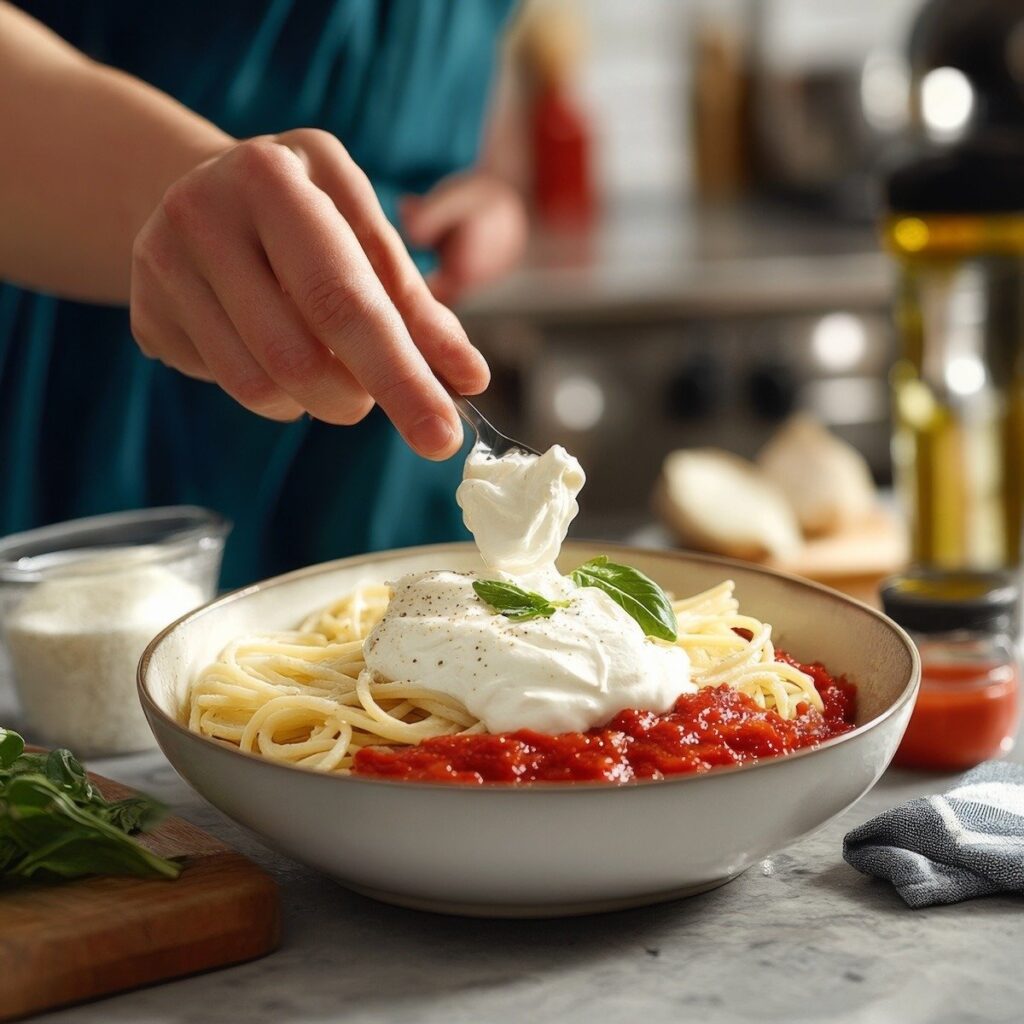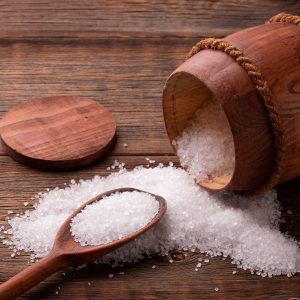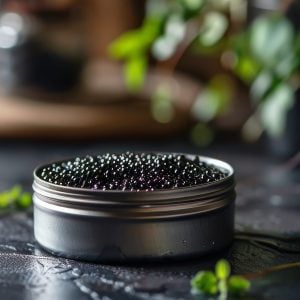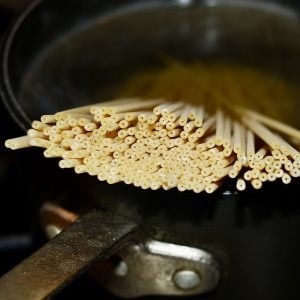The Ultimate Guide to Crème Fraîche: History, Uses, and Recipes
Crème fraîche offers a rich, tangy flavor and velvety texture, making it a versatile addition to both sweet and savory dishes.
Originating in France, this cultured cream enhances sauces, soups, and desserts with its smooth, luxurious consistency. Unlike sour cream, crème fraîche is less likely to curdle when heated, which allows it to blend seamlessly into hot dishes without losing its creamy texture.
Chefs and home cooks alike value crème fraîche for its subtle complexity, which elevates even simple recipes. Traditionally made by adding lactic bacteria to heavy cream, crème fraîche thickens and develops a distinctively mild tang. Beyond its culinary uses, it offers nutritional benefits, containing probiotics from the fermentation process.
Crème fraîche works well as a garnish for fruit, swirled into pasta, or dolloped over hearty stews. It adds elegance and depth of flavor. Whether used as a substitute for sour cream, yogurt, or heavy cream, crème fraîche brings unique qualities prized in the kitchen. The following sections will explore its versatility, uses, and an easy homemade recipe.
Crème Fraîche
Crème fraîche is a cultured cream from France, made by fermenting heavy cream with bacterial cultures. This process thickens the cream and imparts a subtle, tangy flavor. With a high fat content of around 30-40%, crème fraîche is luxuriously smooth, rich, and slightly sour.
Unlike sour cream, which has a sharper tang and lower fat content, crème fraîche remains stable when heated. This stability makes it ideal for adding to hot dishes like soups and sauces without curdling, which is why chefs use it so frequently. Its mild flavor complements both savory and sweet dishes: it can be dolloped on fresh fruit or desserts, swirled into soups for added richness, or mixed into pasta dishes for a creamy consistency.
Crème fraîche also offers probiotic benefits, thanks to the live cultures used in its creation, which can support gut health. While you can buy it, you can also make crème fraîche at home by combining heavy cream with a small amount of buttermilk or yogurt and letting it ferment at room temperature for several hours until it thickens.
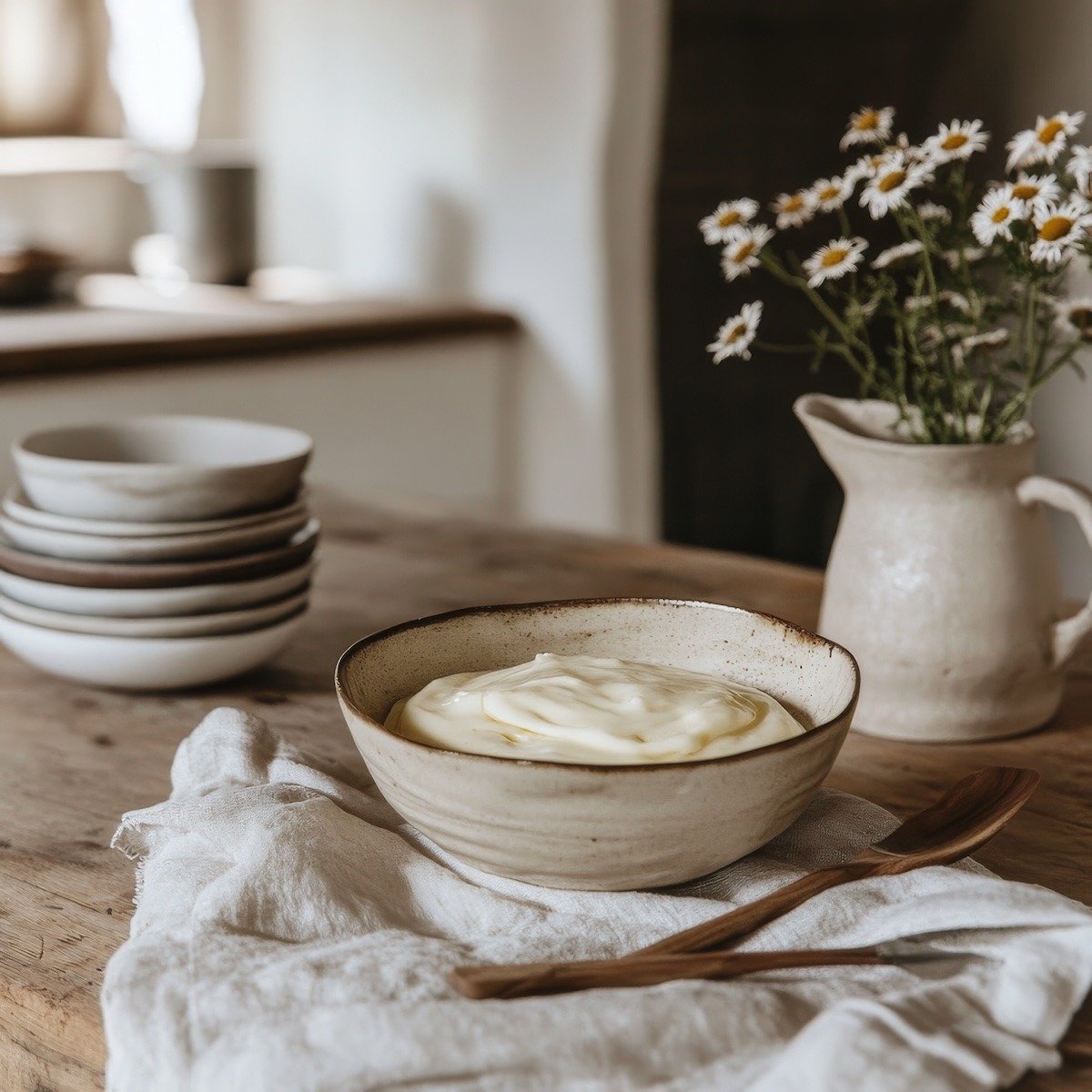
Taste and Mouthfeel
Crème fraîche offers a rich, creamy taste with a milder tang than sour cream. It has a smooth, slightly nutty flavor with a delicate balance of sweetness and acidity, making it versatile in both sweet and savory dishes.
Its mouthfeel is velvety and smooth, with a thick yet light texture. When used in cooking, it adds luxurious creaminess to sauces, soups, and dressings without feeling greasy or overly rich.
The smooth consistency allows it to melt seamlessly into dishes, creating a silky finish that coats the palate without overpowering other flavors. Its mild tang adds a refreshing note, offering complexity without being sharp or overpowering. This makes it ideal for everything from savory meats and vegetables to desserts.
History
Crème fraîche has a rich history rooted in French culinary traditions. It originated in rural French dairies, particularly in Normandy and Brittany, regions known for their high-quality dairy products.
Historically, crème fraîche developed from the natural fermentation of raw, unpasteurized cream left to sit in a cool place, where lactic acid bacteria would thicken the cream and give it a subtle tang. This process made crème fraîche a staple in rural cooking and a way to preserve cream before refrigeration.
By the early 20th century, advancements in dairy production allowed for more systematic production of crème fraîche across Europe. The French term “crème fraîche,” meaning “fresh cream,” became widely used to reflect its mild, fresh flavor.
Over time, the process of culturing cream spread internationally, and crème fraîche gained popularity in upscale culinary circles outside of France. Today, it is a staple in professional kitchens worldwide, valued for its versatility, luxurious texture, and unique flavor. Its influence spans numerous cuisines, where it is used in everything from sauces and soups to pastries and desserts.
Ways Crème Fraîche Can Be Used In Cooking
- Stir crème fraîche into soups to add creaminess and a mild tang.
- Dollop it onto fresh fruit or desserts to enhance flavor and texture.
- Swirl it into sauces to create a smooth, velvety finish.
- Use it as a topping for baked potatoes or baked goods.
- Spread it on pancakes or waffles to complement their sweetness.
- Blend it into salad dressings for a rich, creamy consistency.
- Incorporate crème fraîche into pasta dishes for a luxurious sauce.
- Mix it into dips to provide a smooth, tangy flavor.
- Add it to custards or ice creams to enhance richness.
- Use it in baking to replace sour cream or buttermilk in recipes.
- Incorporate it into scrambled eggs or omelets for a creamy texture.
- Serve crème fraîche as a garnish for roasted vegetables or meats.
Crème Fraîche
Ingredients
- 1 cup heavy cream preferably unpasteurized or pasteurized, but not ultra-pasteurized
- 1 tablespoon buttermilk or plain yogurt
Instructions
Combine the ingredients
- Mix the heavy cream and buttermilk (or yogurt) in a clean jar or bowl. Stir well to combine. The buttermilk or yogurt acts as the starter culture for the fermentation process.
Cover and let it sit
- Cover the jar with a clean kitchen towel or lid, but don’t seal it completely airtight. The cream needs exposure to air for fermentation. Leave the mixture at room temperature (ideally around 70°F or 21°C) for 12 to 24 hours.
Check the consistency
- After the resting period, the cream should have thickened and developed a tangy flavor. It will be smooth, creamy, and have a subtle sourness. If it's not thick enough, let it sit for a few more hours.
Refrigerate
- Once it reaches the desired consistency, cover the jar with a lid and refrigerate. The crème fraîche will continue to thicken slightly as it chills. It should last for about 1 to 2 weeks in the refrigerator.

